Solutions
Our clients trust us to deliver software solutions that drive business growth and adapt to evolving needs across various users and markets.
Startup Software Development
Navigating the startup landscape requires agility and readiness. Our team focuses on transforming visionary ideas into functional, market-ready products. We employ lean startup methodologies to ensure rapid development and iteration, allowing you to launch earlier and iterate faster.
From clickable prototypes and UX/UI design to MVP development and scalable app solutions, we provide end-to-end services that align with your startup’s unique needs. Our approach emphasizes collaboration, ensuring that your vision is realized with precision and efficiency.
Learn more







Offshore Software Development
Leveraging offshore software development offers access to a global talent pool, cost efficiencies, and the ability to scale your team as needed. At PhreeTech, we provide offshore development services that maintain high standards of quality and security.
Our world-class developers bring years of technical expertise across various industries, ensuring that your project benefits from diverse perspectives and skills. We prioritize transparent communication and robust security measures to protect your intellectual property and sensitive data throughout the development process.
Learn more


Services
Our clients trust us to deliver software solutions that drive business growth and adapt to evolving needs across various users and markets.


Product Design
Creativity at its peak.
From concept mockups to design layout, our UI/UX designers will blow your mind. We approach our design process with modern principles using a combination of psychology, market research and strategy. The end result? Your users will fully enjoy engaging with your product across all devices.
Learn more
Software Development
Unique, custom solutions
that are tailored to
your needs.
Our developers write properly structured code for various product categories. From custom e-commerce and gaming, to event systems and FinTech, you’ll be sure to receive top-quality software that’s fully functional and easy to maintain.
Learn more

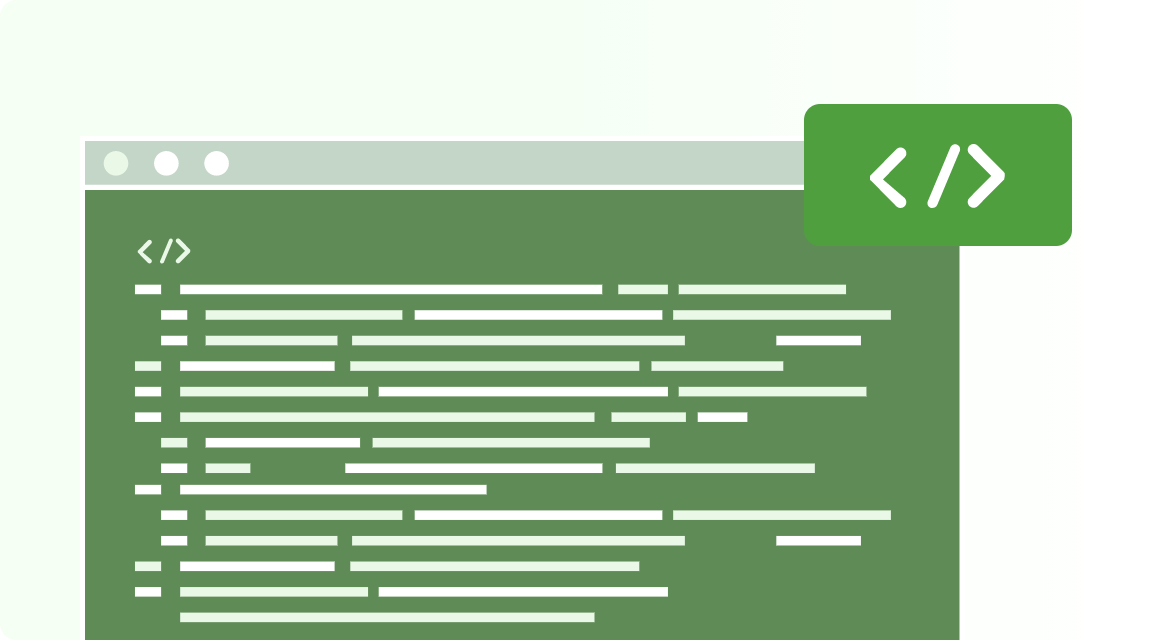
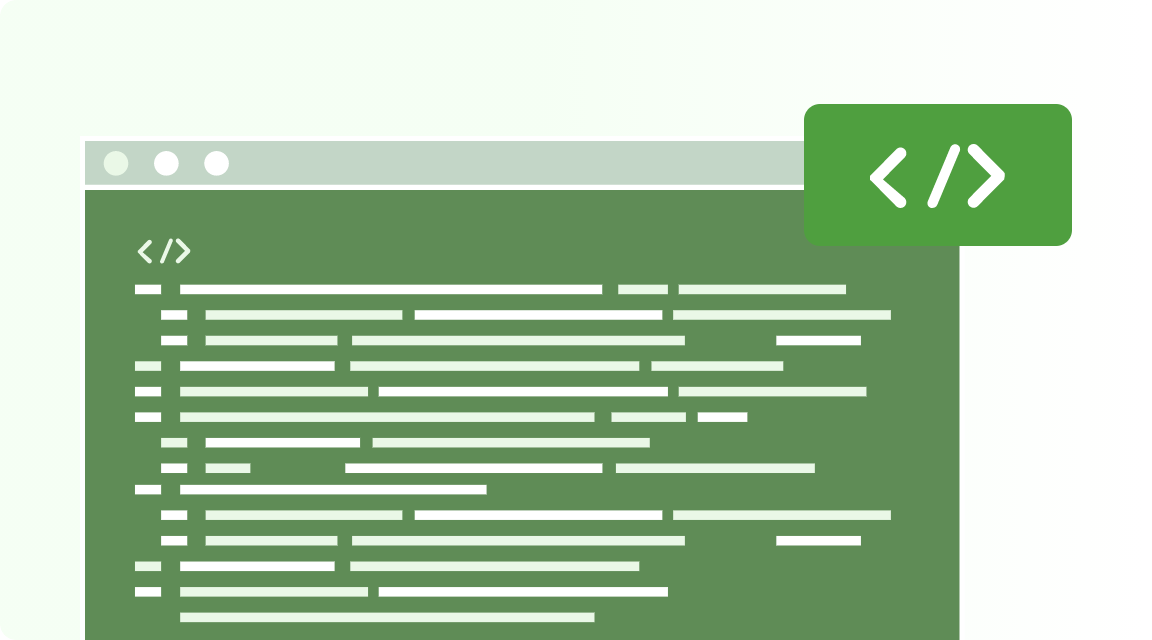


Software QA Testing
Get rid of the bugs. Easily.
Our QA and software testing engineers utilize the latest tools, tricks and techniques to thoroughly test and validate your software, spotting issues and bugs that may lead to poor user satisfaction.
Learn more

Engagement Models
Our transparent and strategic approach guarantees high-performing software solutions.
Dedicated & Extended Teams
On-demand world-class teams to integrate with or augment your workforce.
Whether you’re looking to augment your existing tech team or build a full team, our skilled professionals work seamlessly to provide you with the resources and expertise required to meet your project goals. With flexible engagement models and clear communication, our dedicated and extended teams deliver reliable results, on time and on budget.




Fixed Fee
Clarity in cost. Confidence in delivery.
Perfect for projects with a clearly defined scope, our fixed-fee pricing allows you to set a budget upfront, ensuring cost certainty and structured timelines. This model works best for businesses that have a well-outlined project with minimal expected changes.
Hourly Rates
Built for agility, billed by the hour.
With our hourly rate model, you gain flexibility, allowing for adjustments as your project evolves. Great for projects with changing requirements or features that are not fully defined at the start. You only pay for the actual time and resources utilized, promoting continuous collaboration and iterative development.


Our Capabilities
Hi-tech Tools
We use the latest in web technology to bring cutting-edge experience to you and your clients. HTML5, CSS3, Javascript with JQuery and Angular, PHP with Phalcon and CodeIgniter, are some of the great tools we leverage to create some awesome stuff.
Responsive
We'll ensure your content responds to the device on which it is being viewed. In a world of mobile devices with different screen sizes your content needs to be flexible to be relevant.
Planning & Research
Because we've been down this road countless times, we see what you can't see. We'll take the time to ensure we have a strategy in place to provide what's best for you. What's more? We won't stop until we've given you just that - the very best.
Clean code
Our team of experienced developers write beautiful, clean, high quality code that ensures your product functions properly and will be easy to maintain and update.
Quality Assurance
Our team of quality assurance professionals pay attention to every little detail to not only ensure that your product is bug-free and functions properly across all devices, but also that its content is free of errors to provide your users with a pleasant experience.
Modern design
Stay ahead of the game with a web platform that screams you belong to the future. We utilise the latest web technology that ensures you're always a step ahead.
Efficient Support
We don't just talk the talk, we do the do. From conceptualization to deployment and beyond, we'll do whatever it takes to keep you going.
Custom Event API
Our team spent countless hours developing our custom event API. Our event partners love us. You should too.
Custom CMS
Our Phreetech Custom CMS affords you maximum flexibility beyond what open source alternatives can provide. Updating your site content just got easier. No restrictions, no plugins.
WHAT OUR CLIENTS SAY
Some Technologies We Use

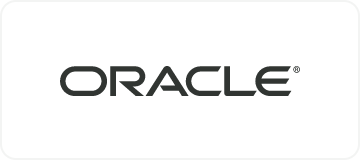


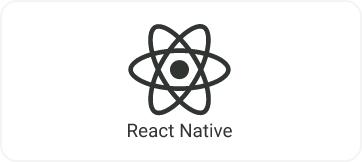















Explore Our Thoughts
Read our blog to stay updated on the latest insights, trends and innovations in technology.
Software Development
from idea to mvp: a startup guide to launching smarter
Every great startup begins with a bold idea, but ideas are cheap. Execution? That’s where the game is won.
Picture this - two roommates in San Francisco are broke and struggling to pay rent. There’s a big design conference coming up, and all nearby hotels are sold out. They decide to inflate an air mattress in their living room and charge people to stay over. That was the birth of Airbnb, and what they launched at the time wasn’t a polished website or a full fledged business. It was what we now call a Minimum Viable Product (MVP).
For startups and founders, the MVP is more than a buzzword. It’s a survival strategy. Instead of spending months building something you hope people want, an MVP helps you learn what your customers really want, by testing your core idea as quickly and cheaply as possible.
In a world where time and resources are tight, the MVP is your shortcut to clarity. It’s your way of figuring out if your idea is worth pursuing, before sinking thousands of dollars and sleepless nights into something that might flop.
This guide will take you deep into what an MVP actually is, why it matters so much to early stage startups, and how to build one that helps you avoid the biggest trap in tech - building a product no one wants.
What Is a Minimum Viable Product (MVP)?
An MVP is the most basic version of a product that still delivers value to users. It contains only the core features necessary to solve a specific problem for early adopters, and is used to gather feedback and validate assumptions before investing further.
The term was popularized by Eric Ries in the book, The Lean Startup, and its essence is simple:
“Build the smallest thing you can to test your riskiest assumption with real users.”
In other words, it’s about being smart and intentional with what you launch first.
Let’s break that down further.
What an MVP Is
- A learning tool, not a final product.
- Built to validate hypotheses: “Do users want this?”, “Will they pay for this?”, “How do they use it?”
- Fast, functional, and focused
- It’s not a prototype which is often non-functional and used internally.
- It’s not a beta version which is more polished and closer to release.
- It’s not about cutting corners or launching trash.
You are not trying to prove your idea is amazing, you’re trying to find out if it’s worth building at all. Startups fail not because they couldn’t build, but because they built the wrong thing.
Let’s say you want to launch an app that connects personal chefs with busy professionals. Instead of building an entire marketplace with in app payments and real time scheduling, your MVP might be:
- A simple landing page explaining your offer.
- A form where people can sign up for a trial.
- You manually match a chef with a user
Why MVPs Matter for Startups
If you’ve ever been stuck in a product cycle for months with nothing to show, you already know why MVPs are critical. Startups face enormous pressure to deliver quickly, prove traction, and stay lean, and MVPs offer a path forward that checks all three boxes.
Speed to Market
Speed is everything in the startup world. While your competitors are overthinking and overbuilding, a well executed MVP can put you in front of real users in weeks, not months.
Remember that you’re not trying to be perfect. You’re trying to be present and valuable early on.
Real World Validation
The MVP forces you to face the most important question, do people actually want this?
You’re testing:
- If users understand your product.
- If they’re willing to pay.
- If your assumptions about their behavior are true.
Efficient Use of Resources
Early stage startups often run on tight budgets. An MVP ensures you:
- Don’t overhire developers or designers too early.
- Avoid feature bloat.
- Spend wisely on what truly matters - feedback, not fluff.
Attracting Early Adopters and Investors
Investors don’t fund ideas, they fund traction. You want an MVP that has:
- Active users
- Signups
- Feedback loops
Types of MVPs
Not all MVPs are created equal. Depending on your product, goals, and available resources, you can approach your MVP in several ways. Below are the most common, and effective types used by founders around the world.
No-Code/Low-Code MVPs
These are built using tools like:
- Webflow or Carrd, for landing pages
- Glide, Thunkable, or Adalo, for mobile apps
- Bubble, Softr, or Tally. So, for web apps
Wizard of Oz MVP
The product looks automated to the user, but the backend is manually handled by you or your team. You’re pretending the product is fully working.
This is best for testing complex processes before automation.
Concierge MVP
Instead of building software, you offer the service manually, one on one. You walk customers through the experience you intend to automate later.
Best for service businesses or complex workflows.
Landing Page MVP
You create a simple landing page that explains your product and includes a clear CTA (e.g., join the waitlist, sign up, book a demo).
This is great for testing interest before you write a single line of code.
Metrics to watch are click through rate, form submissions, email sign ups.
Explainer Video MVP
Create a short video of about 60–90 seconds showing how your product works, whether it exists or not. If users respond positively, you’ve validated interest.
Crowdfunding MVP
Platforms like Kickstarter or Indiegogo allow you to test both interest and willingness to pay.
It is best for physical products or niche gadgets.
Single-Feature MVP
Focus on just one compelling feature that solves the main pain point. Forget everything else.
Best for mobile apps, tools, or platforms where simplicity is key.
How to Choose Your MVP Type
Ask yourself:
- What’s my riskiest assumption?
- Can I validate it without code?
- Do I need user interaction or just a signal of interest?
Software Development
quality control vs. quality assurance: highlighting the differences
In the world of software development, quality assurance and quality control are often used interchangeably. However, these concepts are unique components of the software development life cycle. Understanding the subtle but crucial differences between these two concepts is essential for building robust software solutions.
Quality is the backbone of the development process. Putting low-quality software in the hands of end users leads to numerous problems, including failing to meet customer requirements and damaging the brand’s reputation.
Quality Management: The Overarching Framework
Quality management (QM) is a combination of QA and QC. This approach helps enhance both product and service quality at a company-wide level. Embedding quality in organizational culture, QM helps teams align quality processes, policies, and objectives with the organization’s goals and direction, all while enforcing adherence to quality standards.
Quality Control (QC): Definition & Overview
Quality control focuses on identifying defects and errors in the final product. It involves activities performed during or after the development phase to ensure that the software meets specified requirements and standards. QC is primarily reactive, as it deals with detecting and rectifying issues once they arise.
Key Components of Quality Control:
Testing: QC involves rigorous testing processes, including functional testing, performance testing, usability testing, regression testing, among others. These tests aim to uncover bugs and deviations from expected behavior.
Inspection: Through meticulous examination of code, design, and documentation, QC aims to pinpoint inconsistencies, ambiguities, or non-compliance with defined standards.
Debugging: Post identifying defects, QC teams engage in debugging activities to isolate and rectify the root cause of the issues, ensuring the software functions as intended.
Tools & Techniques
Testing categories include manual testing which requires human involvement and is often highly detailed); automated testing which is aimed at improving speed and consistency and requires tests to be scripted; and regression testing, which is usually automated and ensures that new changes do not adversely affect existing functionalities.
Quality Assurance (QA): Definition & Overview
Quality assurance, on the other hand, is a proactive approach aimed at preventing defects from occurring in the first place. QA focuses on the entire software development process rather than just the end product. It emphasizes building quality into every phase of the development lifecycle, from planning and design to coding and deployment.
Key Components of Quality Assurance:
Process Improvement: QA involves continuously refining development processes to enhance efficiency and effectiveness. This includes defining standards, implementing best practices, and fostering a culture of quality within the organization.
Requirement Analysis: QA teams work closely with stakeholders to ensure comprehensive understanding and documentation of requirements. Clear and unambiguous requirements reduce the likelihood of misunderstandings and errors during development.
Quality Planning: QA encompasses strategic planning to establish quality objectives, metrics, and processes tailored to the specific needs of each project. It involves risk assessment, resource allocation, and scheduling to ensure smooth execution.
Tools & Techniques
To make the QA process more efficient, QA professionals employ a variety of tools and techniques to maintain software excellence, quality, and reliability. TestRail, for example, makes managing and tracking test cases easier and more effective. Selenium, a well-known name in the testing world, helps QA teams automate their testing for quality.
Emphasizing the Differences
While both QC and QA are essential components of software quality management, they operate at different stages of the development lifecycle and serve distinct purposes.
| Quality Control | Quality Assurance |
|---|---|
| QC focuses on detecting and correcting defects in the final product | QA concentrates on preventing defects through process improvement and proactive measures. |
| QC activities occur during or after development. |
QA activities are integrated throughout the entire development process, starting from project initiation. |
| QC is typically the responsibility of testing teams | QA involves collaboration across various roles, including developers, testers, project managers, and stakeholders. |
Conclusion:
In essence, both QC and QA are indispensable components of software quality management, working in tandem to deliver reliable and high-performing software solutions. Understanding the distinctions between these two concepts is crucial to organizations striving to achieve excellence in software development. By embracing both QC and QA practices, businesses can foster a culture of quality, mitigate risks, and deliver superior products that meet or exceed customer expectations.
BizTech
how your business can benefit from api integration
Application Programming Interface (API) may sound boring, but it is the backbone of modern technology. APIs are translators of the digital realm, ensuring smooth and seamless communication between different apps, platforms and people. APIs make it possible for various applications and databases to work together, thereby increasing productivity.
Increased Productivity
Imagine your business as a restaurant. You have a fancy kitchen with all the latest appliances, but your staff are running back and forth between the kitchen and the patrons, trying to take orders and serve food. It's a mess, and your customers are getting frustrated with the low speed of delivery. This is where API integration comes in. It's like having a secret tunnel between the kitchen and the dining room. Your servers can take orders from customers using a device, and the API automatically sends the order to the kitchen. Your Chefs receive the order in real time and can start prepping the food, while the wait staff moves on to the next customer to take a fresh order or just check in on their dining experience. Once the food is ready, the API notifies the server, and only then do they need to go into the kitchen to pick it up. It's like having a seamless flow of information and efficiency in your restaurant.
Foster Employee collaboration
By automating tasks and streamlining workflows, APIs can free up your time and allow you to focus on the things that truly matter, like brainstorming genius ideas and automating daunting tasks. Think about your business as a sports team - you have players with different skills and talents, but they need to work together to win. API integration is like having a coach that can communicate with each player in their own language. The coach can give specific instructions to each player, and they can all work together towards a common goal. APIs foster collaboration among your applications, they effortlessly share data, execute tasks, and eliminate the chaos that once plagued your workflows making your team score more goals, win more games, and become champions with the help of API integration.
Reduced Human Errors
We all know that humans are prone to making mistakes, whether it's entering the wrong data or clumsily pasting it in the wrong spot, these errors can range from comically harmless to downright disastrous. Just imagine Billing Associate inputting the wrong amount on a client invoice, yikes! That's certainly a recipe for disaster. Overbill, and the client is unhappy; underbill and the business suffers.
With API integrations, employees can bid farewell to simple, repetitive errors and embrace a world of minimized mistakes.
Improved Customer Experience
APIs allow businesses to offer a variety of services in a short period of time. Thanks to APIs, developers can build experiences that meet customers’ expectations, leading to endless possibilities. Integrating an API can help to make it easier for customers to access the data or services that they need. Additionally, a well-designed API can also help to reduce the number of steps required to complete a task, which can further improve the customer experience.
Integrating the right APIs enables businesses to tap into a goldmine of disruptive solutions and unleash the full potential of their businesses. With soaring expectations and demand for seamless interactions, businesses can deliver innovative solutions for their customers.
Your APIs will be the driving force behind your next phase of innovation, helping you create a digital ecosystem that's tailor-made for success.
Get ready to ride the API wave, because the future belongs to those who embrace its power.
Let’s create some awesome stuff together.